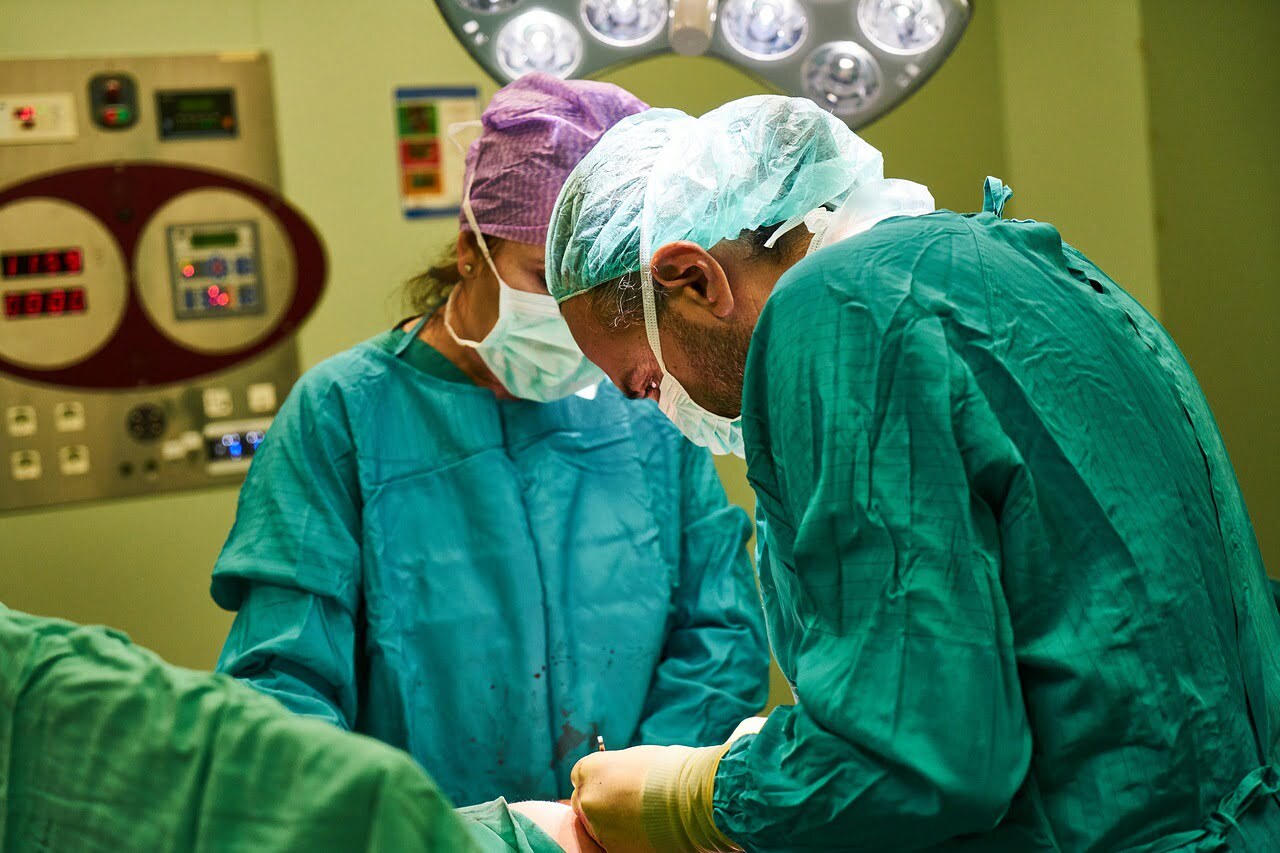Hopefully, you are reading this article before undergoing any type of breast augmentation surgery. This way, you can evaluate your risks and know what to expect in regards to check-ups once the procedure has been performed.
If you do decide to undergo breast implant surgery, there are certain follow-up procedures that you will have to endure. One of these is going for regular mammograms. This is to ensure nothing has gone wrong with your implants and is required if receiving implant surgery. If you have never been for a mammogram or MRI before, we will outline below what you can expect from these screening methods.

Mammograms And How They Work
A mammogram is a method used to take an x-ray of your breasts. Its most common use is for screening patients for breast cancer. A mammogram can detect extremely small lumps or cysts that are not detectable with a regular x-ray machine. Women over the age of 50 are advised to start going for regular mammogram screenings. They should begin at age 50 and continue every two years.
While you can still have a mammogram after undergoing breast implant surgery, there are some risks associated with it. Surgeons advise patients to have a mammogram done to make sure that nothing is wrong with the implant.
The main risk associated with implants and a mammogram is that the mammogram can actually cause the implant to rupture or burst. This is because of the way the mammogram is performed. Your breast is squeezed flat between two plates and this could cause an implant to burst. Although rare, it is possible.
Breast MRIs As An Alternative To Mammograms
You do have other alternatives including going for a sonogram or a breast MRI. The sonogram is not as capable of detecting small lumps or irregularities as a mammogram. An MRI is very expensive and not recommended for regular screening. MRI’s are normally recommended for high-risk patients or for someone who already has a tumor.
That being said, some surgeons recommend MRI’s over mammograms for their increased accuracy, and this may be a requirement as part of your breast implant surgery. Ensure your insurance will cover some of the costs.
Risks Post-Breast Implant Surgery
So, while you are still able to have a mammogram and you should you must also be prepared to accept that there are additional risks involved. You definitely do not want to stop this important screening process though. If you are concerned about these risks, consult your doctor and look for alternative methods of breast augmentation instead.
There are plenty of breast alternatives that you can choose from including using breast creams and serums. Don’t forget that diet and exercise play an important part in the way your breasts look. It can be possible that all you really need is to eat in a healthier manner, perform breast exercises and drink plenty of water each day.

Common Questions
Breast augmentation involves risks like any surgery. While common complications are generally manageable, it’s crucial to understand potential issues, discuss them with your surgeon, and make an informed decision.
Complications may include infection, bleeding, implant rupture, or changes in sensation. It’s vital to follow post-surgery care instructions, attend regular check-ups, and be aware of any unusual symptoms.
Safety depends on factors like individual health, surgeon expertise, and implant choice. Discuss your medical history with your surgeon, choose an experienced professional, and consider options like saline implants for safety.
Advancements in implant technology and surgical techniques have improved safety. Cohesive gel implants, structured saline options, and increased surgical precision contribute to safer outcomes, but individual factors still play a role.
